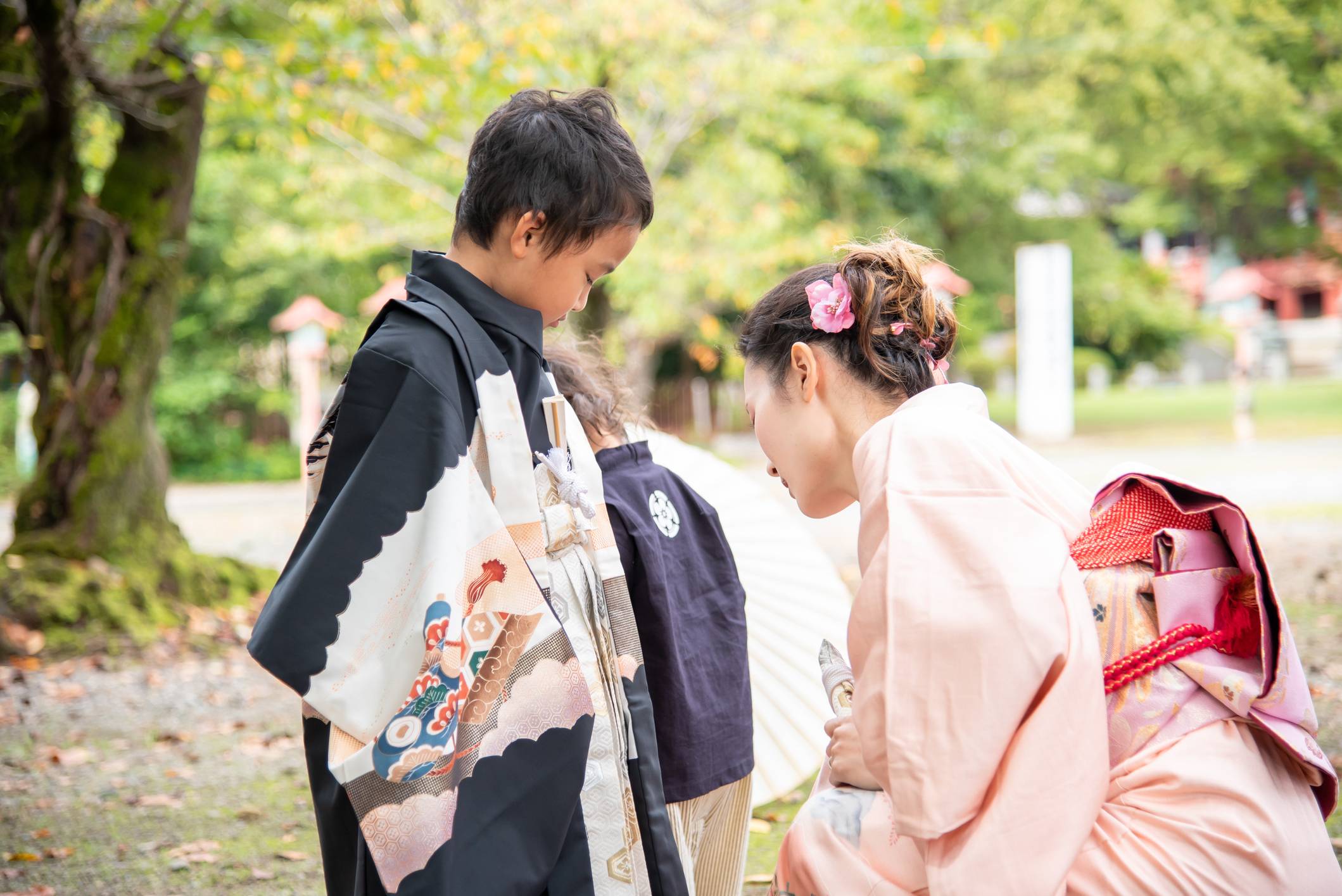Has it really been four years since I last worried about my precious child being deprived of oxygen by a tightly wound kimono? It feels like yesterday that she was only 3 years old, wrapped in colorful cloth and dolled up for her Shichi-Go-San ceremony at our local shrine.
Usually held in November, Shichi-Go-San is a Japanese rite of passage held since the Heian Period (794-1185) where children of the ages 7 (shichi), 5 (go) and 3 (san) are celebrated, with the 3 and 7 celebrations mainly focusing on girls. Girls get to wear their first kimono at age 3, and at age 7 they exchange the simple cord that was holding it about the waist to a full-blown obi, the hefty belt that commonly comes with the garment.
At 3, our daughter, Hana, did the entire thing: the dress, the hair, the priest chanting at her, the reception of the ritual candy, the family get-together in less formal attire (a My Little Pony hoodie in her case). On the way from the hairdresser to the shrine, my immediate family and Japanese in-laws were accompanied by a pair of serious amateur photographers we found and hired over the internet. Serious amateur photographers are just as good as professional ones but a little cheaper and less fussy about copyrights. Those two shot wonderful pictures with a certain street credibility — a lot of them showed Hana falling down, Hana getting up after a fall, or worried adults rushing to Hana lying flat on the ground. Nothing to fear here; she was a bit of a wild child at 3 and considered falling a necessary consequence of her lifestyle. I was more concerned about what my wife had told me only after I had already agreed to the whole kimono affair: That my daughter might faint from it being too tight. (She didn’t, in the end, but I almost did from worry.)


















With your current subscription plan you can comment on stories. However, before writing your first comment, please create a display name in the Profile section of your subscriber account page.